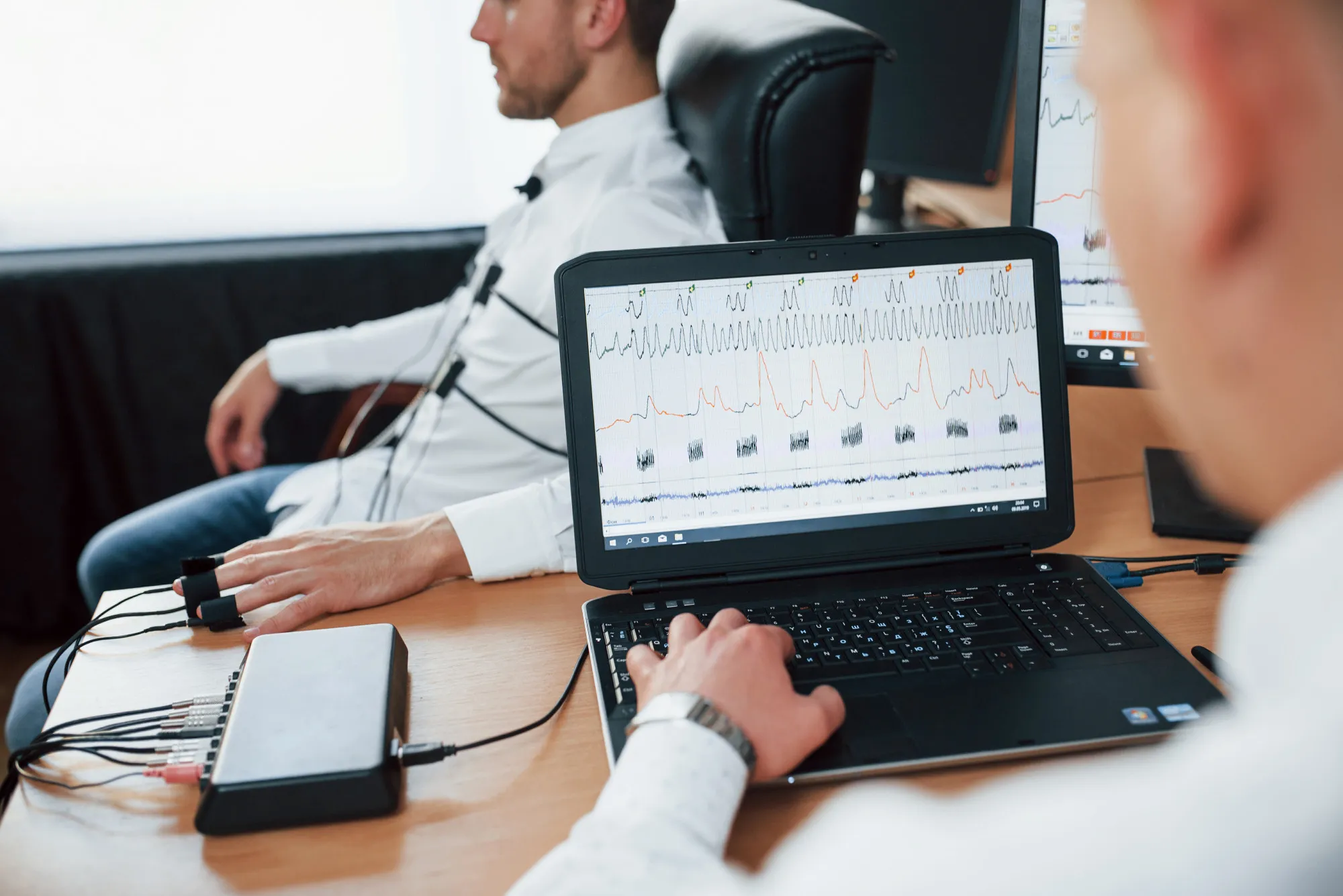With the increasing utilization of Extracorporeal Membrane Oxygenation (ECMO) in critical care settings, there arises a pressing need for tailored echocardiographic evaluation standards to ensure optimal patient outcomes. A recent editorial commentary by Gutsche, J. T., and Ortoleva, J., published in the Journal of Cardiothoracic and Vascular Anesthesia, delves into the intricacies and upcoming advancements necessary in echocardiographic monitoring of ECMO patients.
In the world of medicine, the use of ECMO has been a game-changer in the management of patients with severe cardiac and respiratory failure. ECMO stands as a bridge to recovery, transplantation, or as a support during high-risk procedures. However, this life-sustaining technology is not without its complexities, particularly when it comes to the critical role of echocardiography.
Echocardiography is a non-invasive imaging modality that allows for real-time visualization of cardiac structure and function. With the initiation and maintenance of ECMO, continuous echocardiographic assessment becomes integral to managing patient care effectively. This raises important questions about the current standards of echocardiographic evaluation in this patient population and whether they are adequate or in need of refinement.
The commentary by Gutsche and Ortoleva points out that current echocardiographic practices may not be fully optimized for ECMO patients. The authors suggest that as ECMO applications expand, echocardiography must evolve alongside to accommodate the unique challenges ECMO presents.
Complications such as cardiac tamponade and intracardiac thrombus formation require diligent monitoring and immediate recognition. This is where echocardiography plays a pivotal role. The mechanical complexity of ECMO circuits, including the presence of cannulas within cardiac chambers, necessitates an echocardiographer with specialized knowledge and skills.
For instance, atrial fibrillation, a common complication in critical care, can have different implications in ECMO patients. It becomes a subtle balancing act, where controlling heart rate and rhythm may influence cardiac output and the functioning of the ECMO circuit. An echocardiographic assessment helps clinicians navigate such clinical decisions.
The call for updated standards is backed by the fact that existing guidelines and training modules predate the current widespread usage of ECMO and thus may no longer cover all the nuances of modern ECMO management. As such, establishing updated echocardiographic evaluation standards is imperative for improving patient outcomes and minimizing complications.
References
1. Gutsche, J. T., & Ortoleva, J. (2019). Echocardiography: Do We Need New Standards for ECMO Patients?. Journal of Cardiothoracic and Vascular Anesthesia, 33(8), 2356-2357. doi: 10.1053/j.jvca.2019.03.010
2. Sidebotham, D., McGeorge, A., McGuinness, S., Edwards, M., Willcox, T., & Beca, J. (2010). Extracorporeal membrane oxygenation for treating severe cardiac and respiratory failure in adults: Part 2—technical considerations. Journal of Cardiothoracic and Vascular Anesthesia, 24(1), 164-172.
3. Brodie, D., Bacchetta, M. (2011). Extracorporeal membrane oxygenation for ARDS in adults. New England Journal of Medicine, 365(20), 1905-1914.
4. Schmidt, M., Stewart, C., Bailey, M., Nieszkowska, A., Kelly, J., Murphy, L., … & Pellegrino, V. (2015). Mechanical ventilation management during extracorporeal membrane oxygenation for acute respiratory distress syndrome. Anesthesiology, 122(6), 1317-1324.
5. Platts, D. G., Sedgwick, J. F., Burstow, D. J., Mullany, D. V., Fraser, J. F. (2014). The role of echocardiography in the management of patients supported by extracorporeal membrane oxygenation. Journal of the American Society of Echocardiography, 27(2), 131-141.
Keywords
1. Echocardiography ECMO Standards
2. Critical Care ECMO Management
3. ECMO Cardiac Monitoring
4. ECMO Patient Outcomes
5. Echocardiography Training ECMO
In this article, experts Gutsche and Ortoleva draw attention to the rapidly evolving ECMO landscape and the simultaneous demand for echocardiographic competencies to match. The conversation opens up a broader discussion about how healthcare professionals can move forward in creating an echocardiographic standard of care that addresses the current and future needs of ECMO populations.
Echocardiography training programs and certification bodies must respond by encompassing ECMO-related content more comprehensively. This includes not only the identification of complications but also proficient knowledge in cannulation sites, ECMO modes (veno-venous and veno-arterial), and their implications on cardiac loading conditions and function.
Healthcare institutions and professional societies such as the Society of Cardiovascular Anesthesiologists and the American Society of Echocardiography could play pivotal roles in spearheading these advancements. Workshops, simulations, and continued medical education courses can be tailored to narrow the knowledge gaps within the ECMO echocardiographic realm.
In addition, investment in innovative echocardiographic technologies that offer better visualization and interpretation in an ECMO setting should be a priority. Three-dimensional echocardiography and strain imaging, for instance, could offer additional insights that might be obscured by two-dimensional imaging in the presence of ECMO cannulas.
Gutsche and Ortoleva’s vital editorial opens up an essential dialogue that intersects the fields of critical care, anesthesiology, cardiology, and echocardiography. It is an impetus for collaborative efforts aimed at developing new standards that will ensure ECMO patients receive the most astute and effective echocardiographic surveillance, in turn, enhancing their care and prognosis.
This initiative towards comprehensive echocardiographic standards for ECMO patients is not just about improving an imaging technique; it symbolizes a stride towards patient-centered care, where each advancement in technology and methodology directly translates to better patient care and improved survival rates for some of the sickest individuals in our hospitals today.
With the commitment to excellence and continued professional development, the echocardiography community is poised to redefine the standards of care for ECMO patients, ensuring that as the frontiers of critical care advance, the supporting diagnostic and monitoring techniques advance in tandem.
